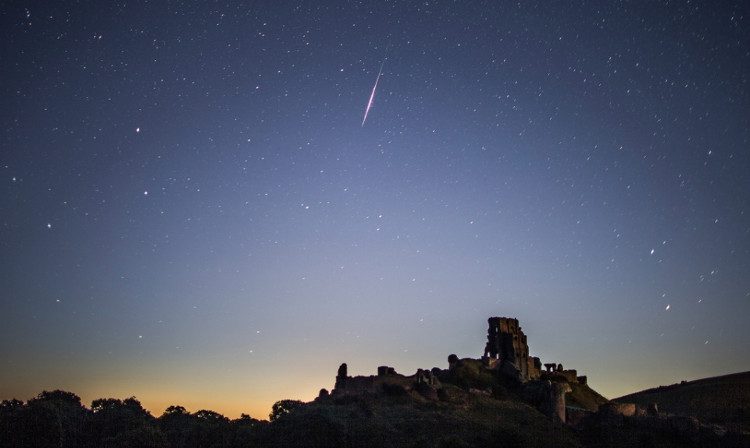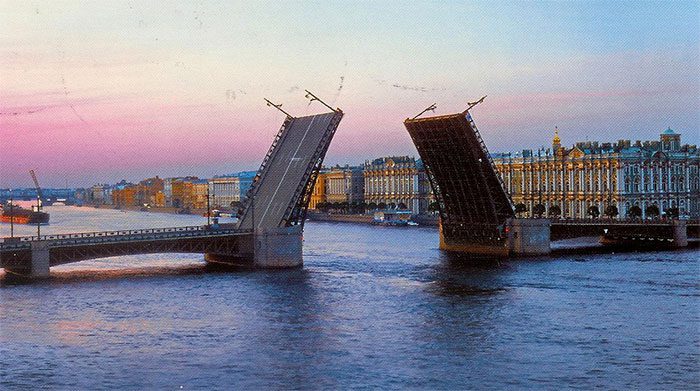Scientists have finally unraveled the mystery surrounding the phenomenon of “bright nights.”
What is the phenomenon of bright nights?
Bright nights or polar nights are days when the nighttime (at the local area) has a level of natural light that is not too low, even though the Sun has set below the horizon. This means that the nighttime can only be considered as a period that includes twilight (dusk or dawn).
Therefore, the nighttime in those places occurs for a very short duration, typically from 11 PM to 3 AM, which can be viewed as a phenomenon of twilight, dusk, or dawn. If you have the opportunity and wish to understand more about what bright nights are, you can visit locations at higher latitudes than the Arctic Circle to witness the phenomenon in Europe or the bright nights in Russia. This is why it is commonly referred to as polar day, polar night.
The cause of the phenomenon of bright nights
According to Science World Report, “bright nights” are rare occurrences – when it is nighttime, but the light is sufficient for you to read a book as if it were daytime. The unusual illumination in the sky after dark has been a topic that scientists have been eager to solve for some time.

During nights when the “bright night” phenomenon occurs, people can easily recognize this light. (Illustrative image).
According to Deccan Chronicle, researchers initially thought that the converging waves above the Earth’s atmosphere could amplify natural fluorescence in the air (usually blue) due to the movement of oxygen atoms in the atmosphere. This fluorescence often goes unnoticed. However, on nights when the phenomenon of “bright nights” occurs, people can easily notice this light.
Researchers from York University in Canada conducted a comparison with collected data on solar radiation anomalies with atmospheric waves. They found a correlation between these two factors. Although nowadays “bright nights” occur less frequently due to air pollution, they still exist in reality. The light in the atmosphere, emitted from chemical reactions in the upper atmosphere (with various colors), is often thought to be the cause of this phenomenon. The green color in the air is observed when oxygen molecules are separated by the Sun and then recombine.
Data collected by researchers indicate that “bright nights” typically occur once a year at a specific location (often in places with low air pollution). However, it is important to note that “bright nights” are only noticeable during times without moonlight, allowing us to see the difference.
The important takeaway from this research is that the phenomenon of “bright nights” can hinder astronomers’ ability to observe celestial objects. For us, it is simply about enjoying this fascinating natural phenomenon.
The phenomenon of bright nights in Russia
In Russia, the phenomenon of bright nights can be easily observed in St. Petersburg, where it occurs over a span of two summer months, from around mid-May to mid-July. During this time, everything and everyone is immersed in a dreamy, ethereal landscape between dusk and dawn.

The bright nights have deeply influenced the art and literature of beautiful Russia.
The Sun usually sets at 11:25 PM, with daylight lasting up to 18 hours and 15 minutes. Taking advantage of this time, locals have created a series of festivals, nighttime strolls, where people stay awake all night to admire the enchanting scenery of the city, flocking to concerts, ballet performances, and all-night parties.
The bright nights have become deeply embedded in the art and literature of beautiful Russia. They have become legendary and symbolize a vast yet peaceful and incredibly hospitable country.
The phenomenon of bright nights also occurs in several countries in Europe such as Helsinki – Finland, Stockholm – Sweden, Reykjavik – Iceland, Longyearbyen – Norway, Riga – Latvia, Paris – France, Salisbury – England… The phenomenon of bright nights in Europe always has a strange allure that attracts tourists from all over the world every year.





















































